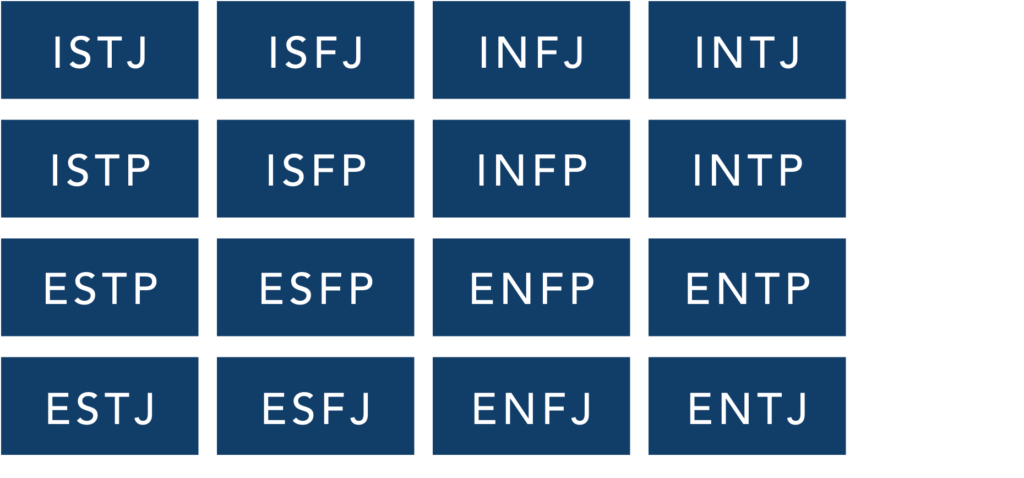The Benefits of the Myers-Briggs Tool (MBTI) as a Leadership Assessment Tool
Written By Dick Massimilian
Published Fall 2020
One of the best-known personality assessments is the MBTI, or the Myers-Briggs Type Indicator®. This psychometric tool identifies a person’s Interpersonal style preferences. MBTI results provide invaluable insight in leadership development.
I’m Dick Massimilian. I work with individuals, teams and organizations committed to great leadership. The MBTI is integral to the design of leadership development plans. When a leader and I understand—really understand—his or her leadership style preferences, we can articulate a customized development plan together that gets results. The MBTI is a major contributor to our joint understanding.
What is the MBTI?
The MBTI is based on a the work of Swiss psychiatrist Carl Jung. Jung theorized that seemingly random variation in behavior observed from person to person is not actually random; instead, it is the result of differences in the way people prefer to use their mental capacities, specifically their perception and judgment. Isabel Briggs Myers and her mother, Katharine Briggs, working with Jung, used his theory to develop the Myers-Briggs Type Indicator.
The MBTI tool identifies an individual’s preferences with respect to how he or she:
- Directs and receives energy (Extraversion (E) or Introversion (I))
- Takes in information (Sensing (S) or Intuition (N))
- Uses information to make decisions (Thinking (T) or Feeling (F))
- Approaches the world (Judging (J) or Perceiving (P))
In each case, there are two options. Jung believed a person prefers one option. Furthermore, he carefully differentiated preference from skill. In other words, because someone prefers to take in information one way, doesn’t mean he or she can’t also take it in the other; in fact, the person invariably does. But everyone has a preference. It’s “Heads or Tails.”
Based on an individual’s four preferences, the MBTI identifies one of sixteen distinct personality types expressed as a four letter code. For instance, if a person’s preferences were Introversion, Sensing, Thinking, and Perceiving, his or her personality type would be “ISTP.”
Personality Types

How is the MBTI Used in Developing Leaders?
The MBTI Report helps a leader understand his or her leadership style preferences, i.e., which behaviors come naturally and which don’t. Then, based on an individual’s professional objectives, I design a development plan that leverages inherent strengths as revealed by MBTI type preferences. The result? Leadership development programs that are more natural, less stressful and therefore quicker and more effective. Insight from the MBTI enhances self-awareness and helps leaders make better decisions faster.
The MBTI is valuable for teams as well as individuals. I often work with teams to help them function more effectively and communicate more efficiently. Using data from each team member’s MBTI profile, we address challenges such as communication breakdowns, dysfunctional teams, change management, goal misalignment and more.
Final Thoughts
The Myers-Briggs Type Indicator® is an invaluable resource for individuals, teams and organizations committed to great leadership. When you invest in a leader, you also invest in his or her team and organization.
Let’s work together. To read more about my experience, click here. To get in touch, click here.
All the best.